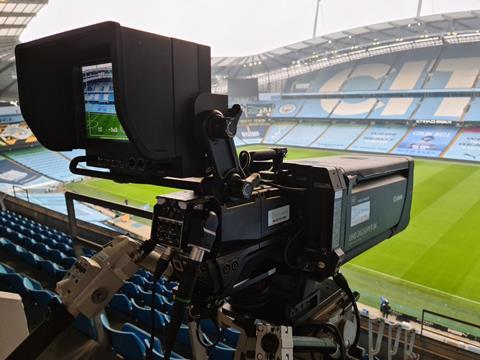The evolution of sports broadcasting graphics, from humble beginnings to the dazzling displays of today, represents a journey marked by technological innovation and a relentless pursuit of enhancing viewer experience. In the early days of televised sports, graphics were rudimentary, consisting primarily of scoreboards and basic statistics displayed on the screen. The transition from pixels to pitch began with the advent of computer graphics in the 1980s, which allowed broadcasters to incorporate more sophisticated visuals into their presentations. Suddenly, viewers were treated to dynamic scoreboards, player statistics, and even rudimentary replays, adding a new layer of depth to the viewing experience. As technology advanced, so too did the complexity and sophistication of sports graphics. The introduction of three-dimensional rendering techniques in the 1990s brought about a revolution in sports broadcasting, allowing for more realistic and immersive graphics. Suddenly, viewers could see intricate player animations, detailed stadium renderings, and sophisticated statistical analyses in real-time. This shift not only enhanced the visual appeal of sports broadcasts but also provided viewers with a deeper understanding of the game and its nuances.

The turn of the millennium saw another leap forward in sports graphics with the widespread adoption of high-definition television HDTV and digital broadcasting. This allowed for even greater clarity and detail in graphics, with sharper images and more vibrant colors. Broadcasters began experimenting with augmented reality, overlaying graphics directly onto the playing field or court, further blurring the line between the virtual and the real. Suddenly, virtual first-down lines in football and augmented puck tracking in hockey became standard features, enhancing viewer engagement and comprehension. In recent years, the rise of real-time data analytics and advanced computer vision technologies has propelled sports graphics into a new era of interactivity and customization. Viewers can now access a wealth of information at their fingertips, from player performance metrics to live game simulations, all seamlessly integrated into the broadcast experience. Additionally, advancements in virtual reality VR and augmented reality AR have opened up new possibilities for immersive sports viewing, allowing fans to feel like they are right in the middle of the action from the comfort of their own homes.
However, the evolution of 레이저티비 sports broadcasting graphics is not without its challenges. As graphics become more complex and data-rich, there is a risk of information overload, overwhelming viewers with too much visual clutter. Finding the right balance between providing relevant information and maintaining a clean, unobtrusive viewing experience is essential to keeping audiences engaged. Additionally, as the technology continues to evolve, broadcasters must ensure that their graphics are accessible to all viewers, including those with disabilities or older technology. In conclusion, the journey from pixels to pitch in sports broadcasting graphics has been one of continuous innovation and technological advancement. What started as simple scoreboards and statistics has evolved into a multi-dimensional, interactive experience that enhances viewer engagement and understanding. As we look to the future, the possibilities for sports graphics are endless, promising even more immersive and personalized viewing experiences for fans around the world.
Categories: Sports